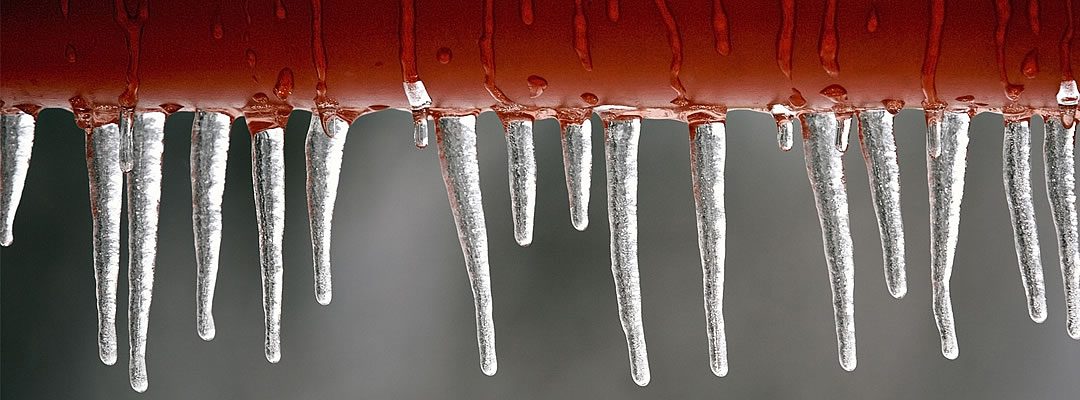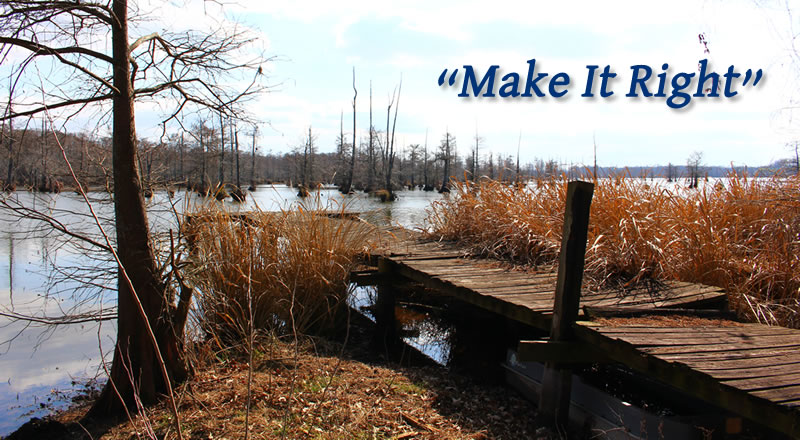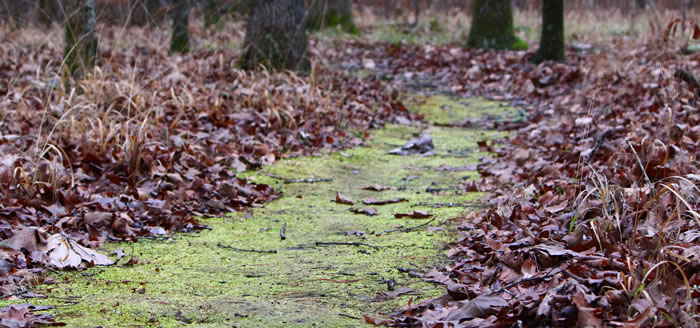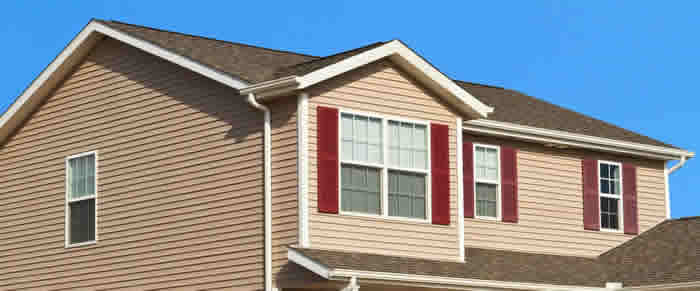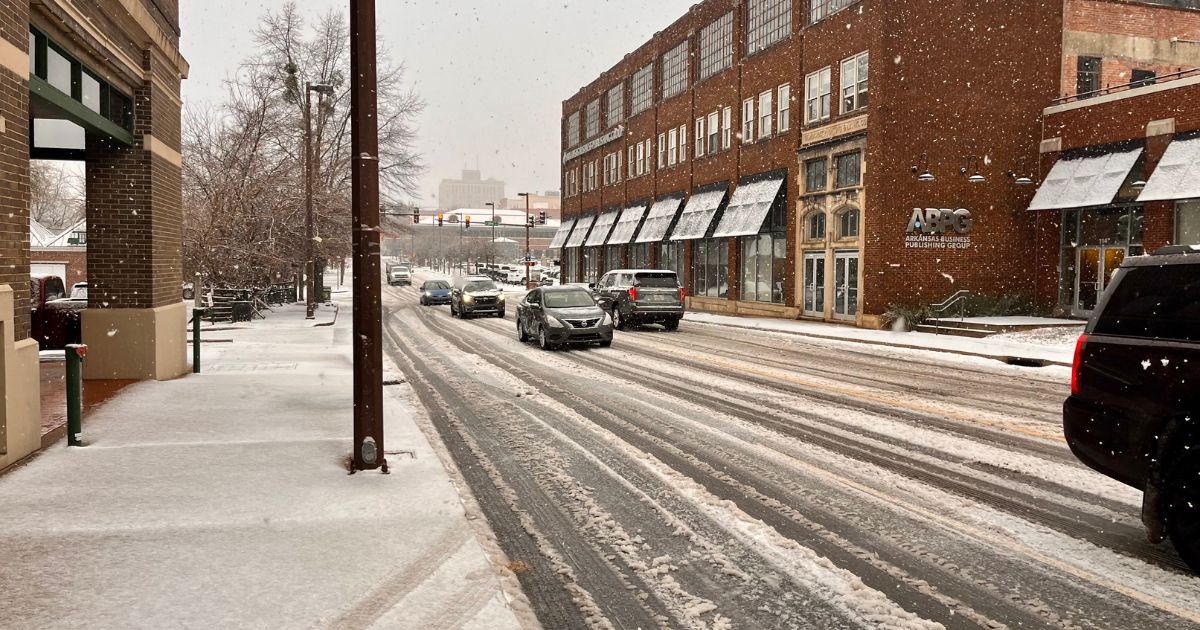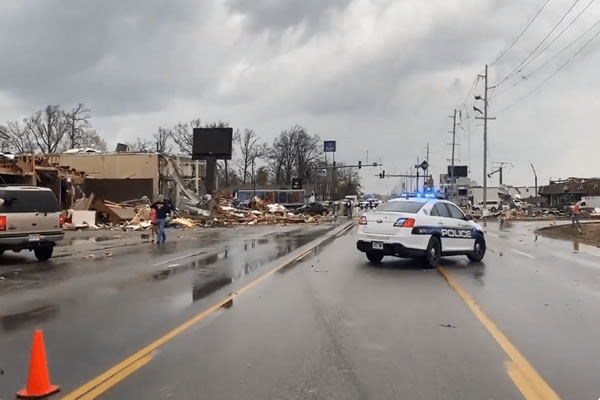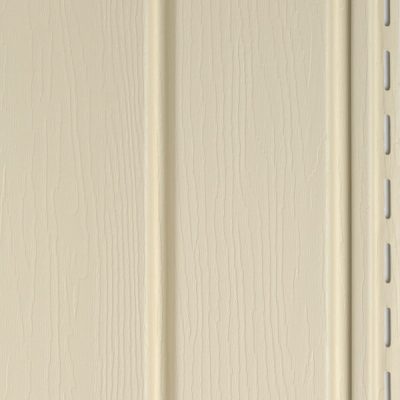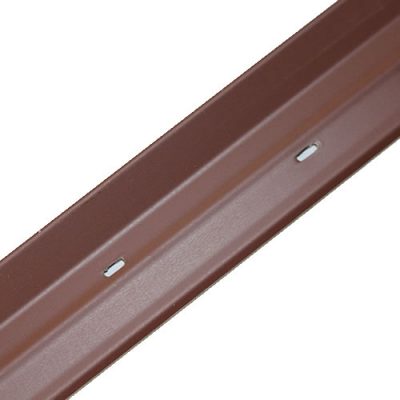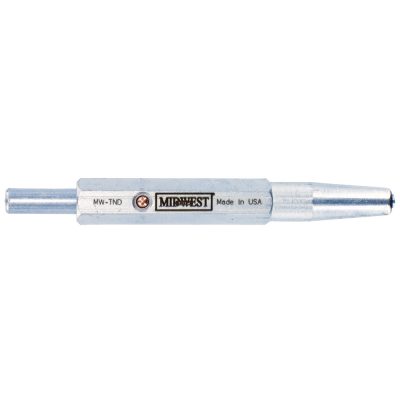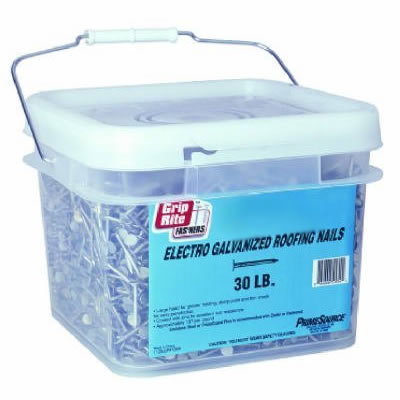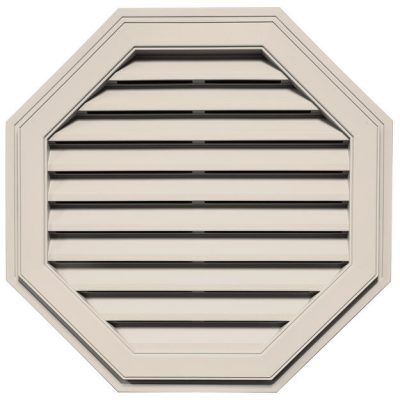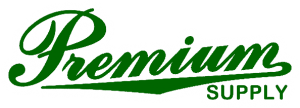Cooler temperatures are a reminder that winter is on its way. Though the calendar says winter is still a week away, it is important to begin preparing your home and family now. In this article, we will lay out ten important steps for preparing the inside of your home for colder weather.
1) REPLACE AIR FILTERS
Your heating and air conditioning system’s effectiveness is predicated on maximizing airflow. Make sure your HVAC and furnace filters are changed once every month or two, or as often as they are dirty. This will help ensure you and your family are warm all winter.

2) CHANGE BATTERIES IN EMERGENCY SYSTEMS
Make sure your smoke and carbon monoxide detectors are functioning properly. Fire and carbon monoxide dangers during the holidays and winter include:
- Christmas trees and presents
- Supplemental heat sources
- Damaged heating vents
- Increased time indoors
- Presence of typically outdoor pets
Your home’s first line of defense against fire and carbon monoxide poisoning are emergency detection. If you have disabled the systems, or if batteries need to be replaced, take action as soon as possible.
3) CHECK YOUR FIREPLACE
Before building a fire in your wood-burning fireplace, make sure it is free of debris, children’s toys, and other items. Remember to replace any grates or protections removed during the summer, especially if there are curious, young children in your home.
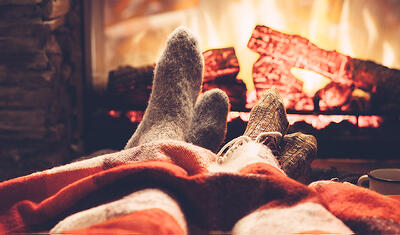
4) REVERSE CEILING FANS
Reversing ceiling fans can help circulate air through your home, pulling rising warm air from the ceilings and distributing it throughout your house. Before reversing your fans, take time to clean them of dust and debris that may have collected during spring and summer.
5) INSULATE WATER HEATER AND PIPES
Insulating exposed supply pipes and your water heater can reduce heat-loss by as much as 40%, according to the plumbers at All American Heating, Air Conditioning, and Plumbing in Raleigh, NC. Read this article, to find out more about methods for insulation that can ultimately save you money.
6) CAULKING AND WEATHER STRIPPING ON DOORS AND WINDOWS
Drafty doors and windows release up to 25% of your home’s heating energy. There are a few quick steps you can take to improve the performance of old doors and windows:
- Replace old weather stripping: V-Seal or V-Strip weather stripping will provide a layer of protection from invading cold air.
- Repair cracked window panes: By glazing loose or cracked window panes, you can increase the performance of old windows. This is not as effective as replacing worn-out windows, but it will help retain heating energy.
- Caulk around window and door frames: By applying caulking to gaps in door and window frames, you can significantly reduce drafty air in your home.
- Utilize heavy window drapes: Thicker, darker window drapes will help retain heat in your home and block against frigid, outdoor air.

7) INVEST IN ENERGY EFFICIENT DOORS AND WINDOWS
Installing new energy efficient windows and doors is one of the top seven energy efficient improvements homeowners can make to reduce energy usage and expenses. Some energy efficient improvements are eligible for state and federal tax credits. Contact us for more information about energy efficient siding, doors, and windows.
8) PREPARE NOW FOR WINTER WEATHER

When snow is in the forecast, avoid the mad dash to the grocery store by preparing your winter weather kit. Include in your kit:
- Flashlights, candles, batteries, etc
- Canned perishable foods
- Back-up cooking source
- Dehydrated milk
- Frozen Naan (unleavened bread)
- Canned, non-perishable foods
- Gloves and snow appropriate clothing
- Plenty of indoor games and fun
9) OPEN CLOSED OR BLOCKED VENTS
To improve airflow and reduce stress on your heating systems, make sure all your home’s indoor air vents are open and unobstructed by furniture and other debris. Contrary to popular belief, closing off rooms in your home will decrease the effectiveness and efficiency of your HVAC.
10) BEWARE OF MOLD
Mold development is typically associated with spring and summer, when humidity is high; however, in Raleigh, humidity levels can remain relatively high throughout the winter as well. Additionally, frozen pipes can crack and leak, leading to water damage and the excess moisture in which mold can develop and thrive. Keep an eye out for mold in the areas in your home that collect moisture.
We are here to help. For more information regarding winterizing your home, contact us.
![]()

